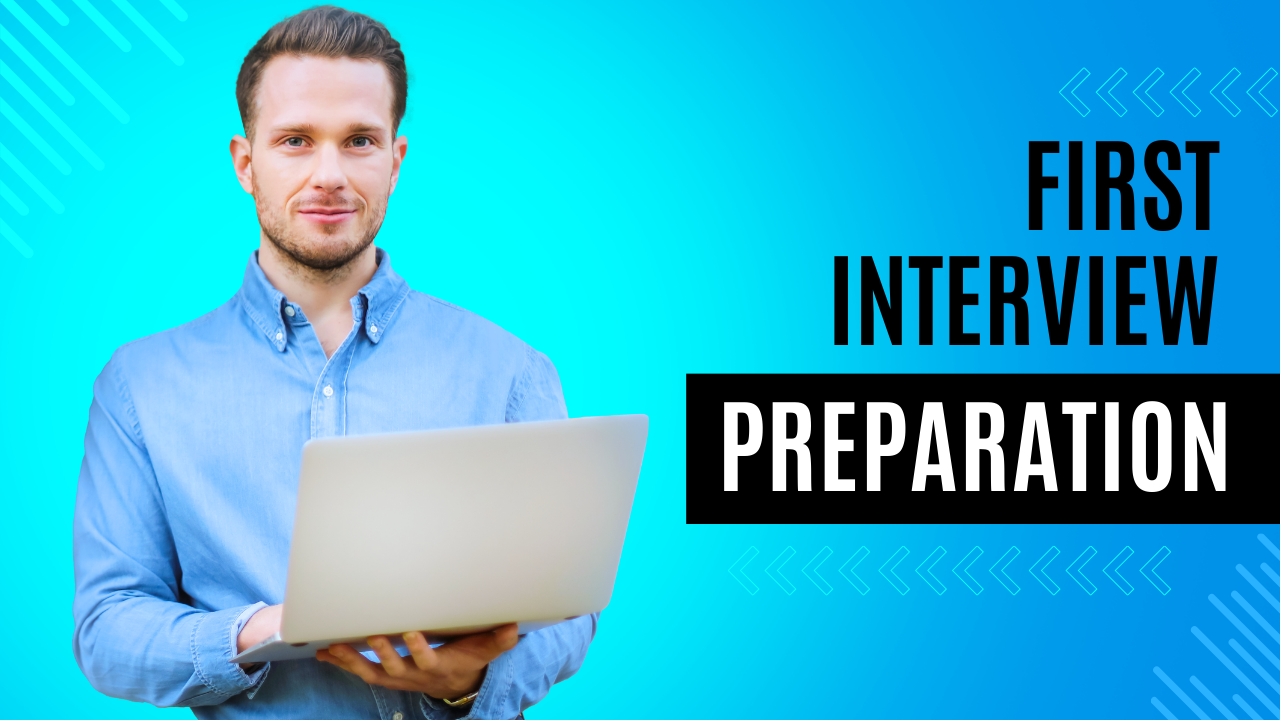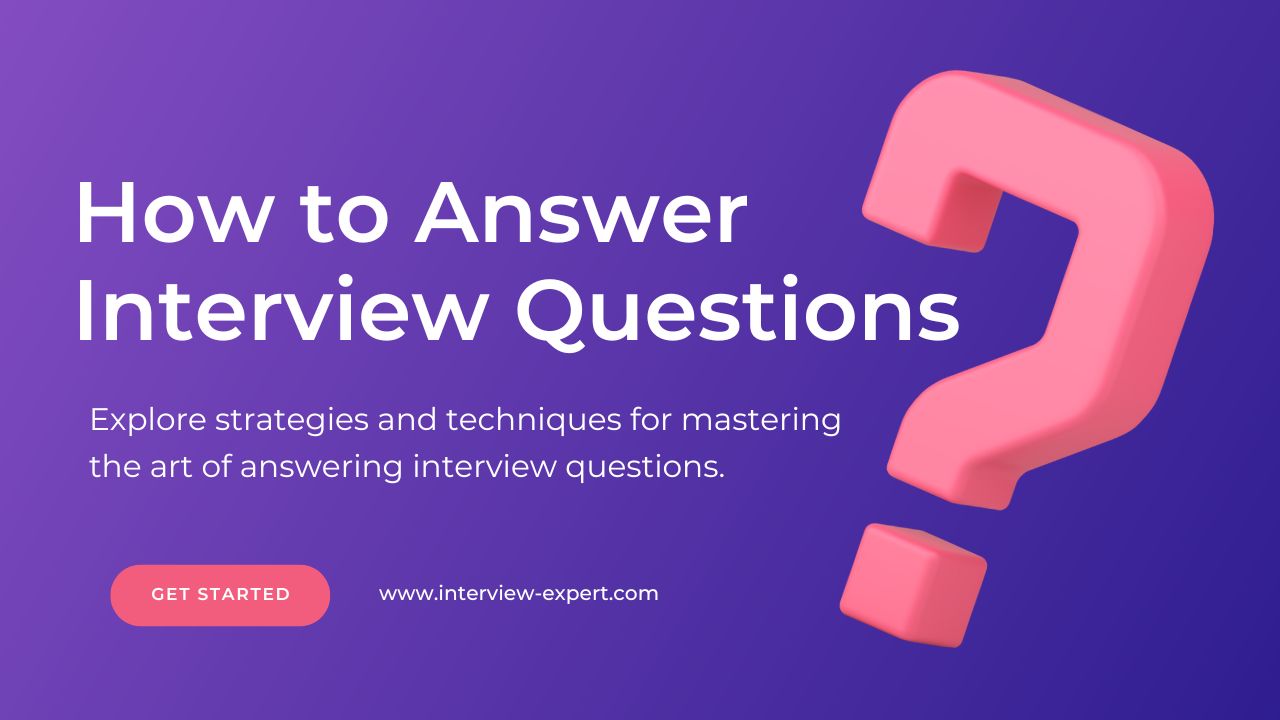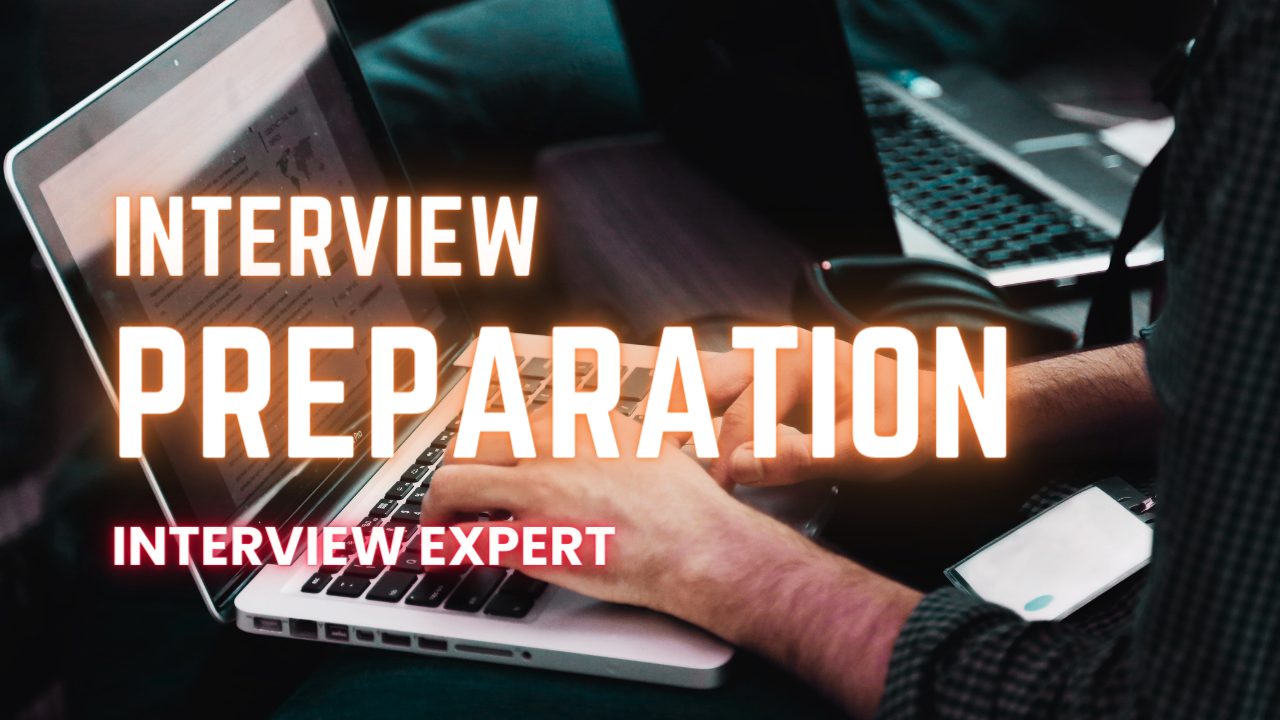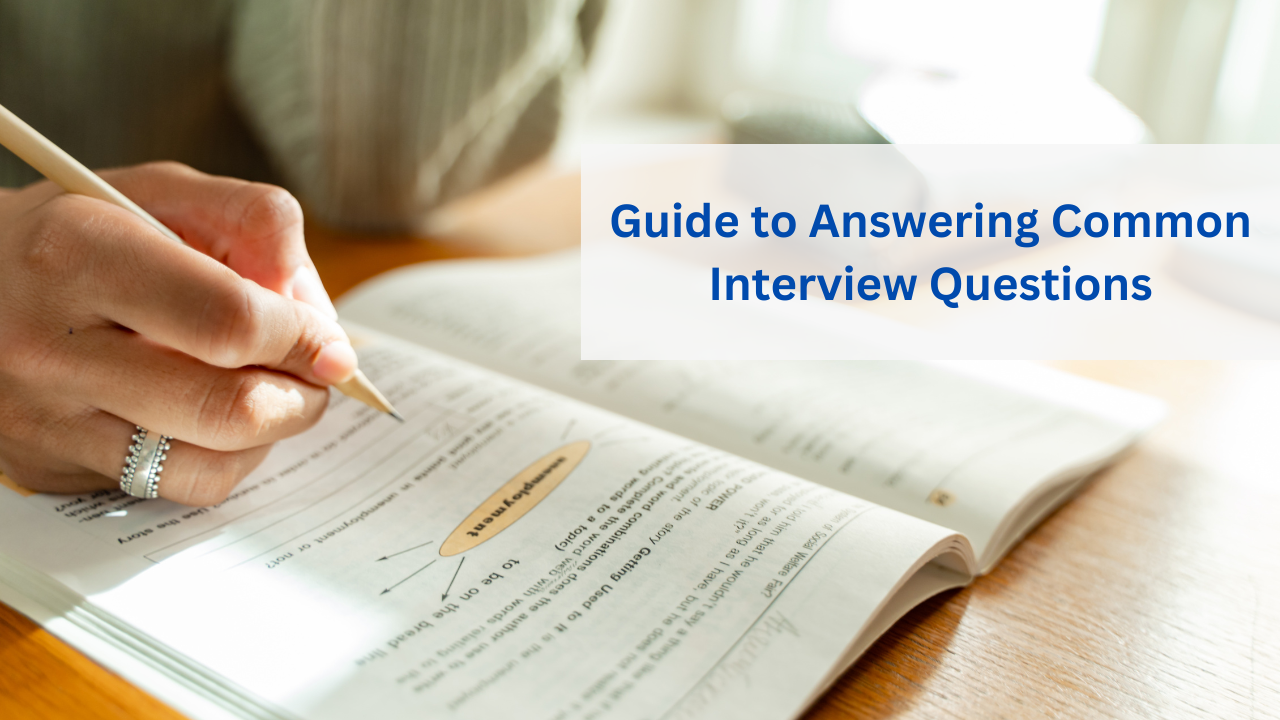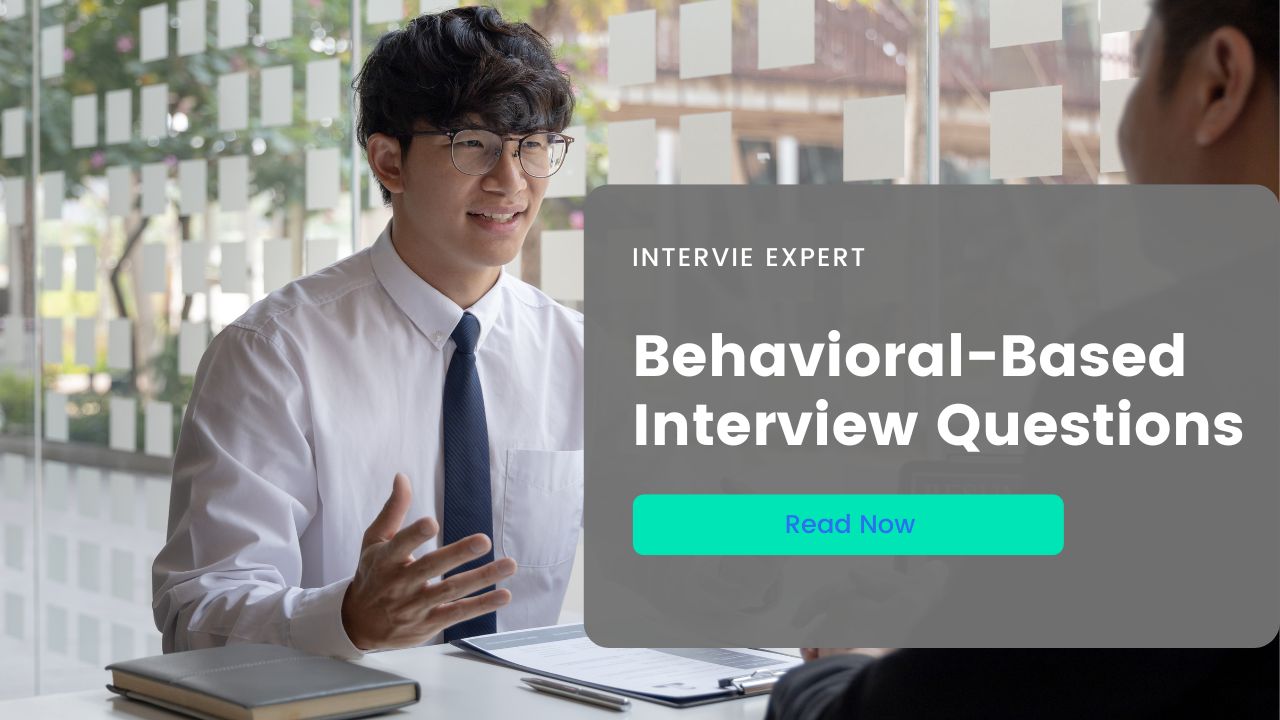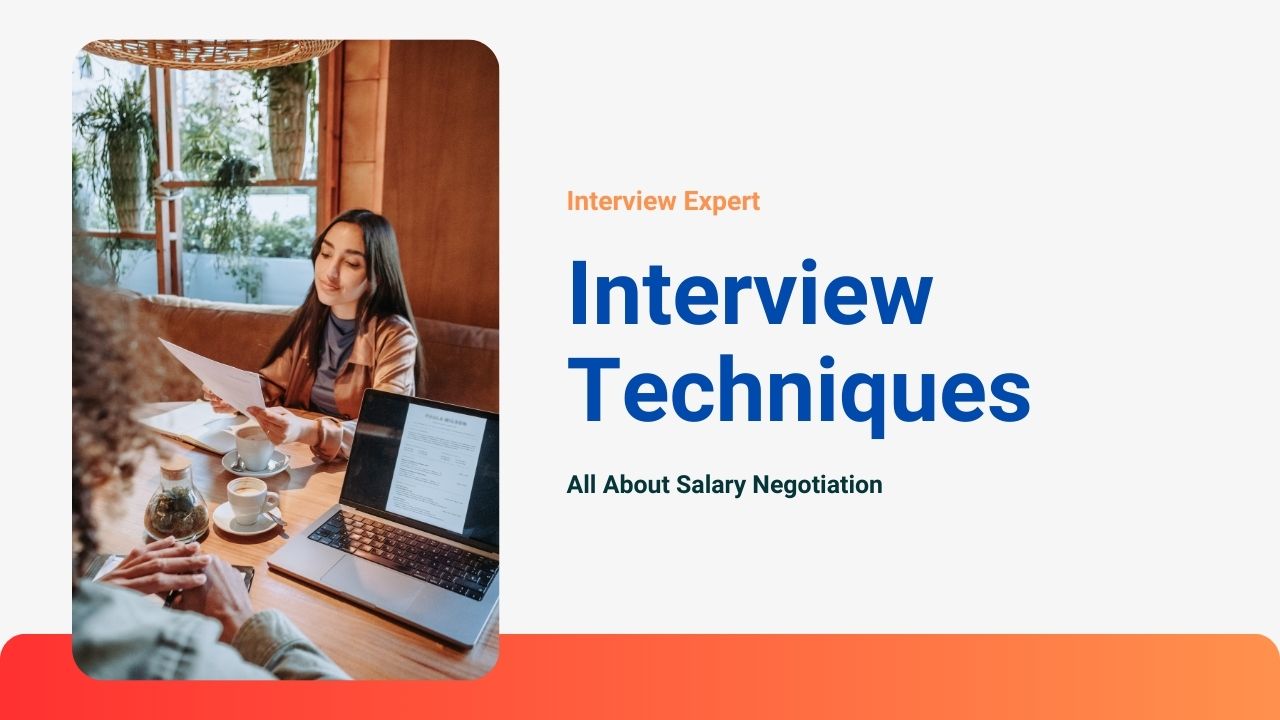Tips and Tricks for Job Interviews
Interviews serve as a critical gateway for individuals to showcase their skills, qualifications, and personality to potential employers. However, the interview process can be daunting, requiring a strategic approach to ensure success. This essay explores various interviewing styles, offering valuable tips and tricks to help candidates navigate this crucial phase of the job search.
Job interviews are a critical juncture in one’s career journey, where first impressions can significantly impact one’s professional trajectory. Mastering the art of job interviews requires a combination of preparation, confidence, and effective communication. This essay outlines essential tips and tricks to help candidates not only survive but thrive in the competitive landscape of job interviews.
Interviewing Styles
- Traditional Interviews: Traditional interviews involve a one-on-one or panel setting where the candidate responds to a series of predetermined questions. Success in traditional interviews relies on thorough preparation and the ability to articulate experiences, skills, and achievements effectively. The traditional interview format remains a cornerstone of the hiring process. Typically conducted one-on-one or in a panel setting, traditional interviews involve a series of predetermined questions aimed at uncovering a candidate’s background, experiences, and suitability for the role. While the structure may seem straightforward, the key lies in a candidate’s ability to articulate their skills and achievements effectively.
- Behavioral Interviews: Behavioral interviews focus on past behavior as an indicator of future performance. Candidates are asked to share specific examples of how they handled various situations. Using the STAR method (Situation, Task, Action, Result) helps structure responses coherently. Behavioral interviews pivot towards past behavior as an indicator of future performance. This style requires candidates to recount specific instances where they demonstrated particular skills or faced challenging situations. Using the STAR method (Situation, Task, Action, Result) in responses helps provide a structured and comprehensive overview of one’s capabilities.
- Competency-Based Interviews: Competency-based interviews assess a candidate’s suitability based on specific skills and qualities required for the job. Prepare by identifying key competencies for the position and showcasing relevant experiences that align with those competencies. Competency-based interviews assess candidates based on specific skills and qualities required for a particular role. This style demands careful preparation, as candidates must identify key competencies outlined in the job description and present relevant experiences that align with these requirements.
- Case Interviews: Common in consulting and analytical roles, case interviews assess problem-solving skills. Candidates are presented with a real or hypothetical business problem and asked to analyze, discuss, and propose solutions. Practice critical thinking and effective communication to excel in case interviews. Prominent in fields such as consulting and analytics, case interviews assess a candidate’s problem-solving abilities. Candidates are presented with a real or hypothetical business scenario and are required to analyze, discuss, and propose solutions. Success in case interviews hinges on critical thinking, adaptability, and effective communication.
- Group Interviews: Group interviews involve multiple candidates being assessed simultaneously. Success in group interviews requires balancing assertiveness and collaboration. Actively listen to others, express your ideas clearly, and demonstrate teamwork. Group interviews involve the simultaneous assessment of multiple candidates. Here, candidates must navigate a delicate balance between assertiveness and collaboration. Active listening, effective communication, and teamwork skills are essential to stand out in a group setting.
- Phone and Video Interviews: With the rise of remote work, phone and video interviews have become common. Ensure a professional environment, test technology beforehand, maintain eye contact, and speak clearly to create a positive impression. In an era of increased remote work, phone and video interviews have gained prominence. Candidates must create a professional environment, test technology beforehand, and effectively convey their skills and personality through a virtual medium.
Adapting to Different Styles
Successful candidates recognize the importance of adapting their approach to the specific interviewing style employed. Thorough research into the company and role, understanding the job description, and practicing responses to common questions are universal strategies that transcend the nuances of different interview styles.
Tips and Tricks for Successful Interviews
- Thorough Research: Research the company, its values, culture, and the role you’re applying for. Tailor your responses to demonstrate alignment with the organization’s mission and goals. Before stepping into the interview room, invest time in researching the company, its values, culture, and the role you are applying for. This knowledge not only demonstrates your genuine interest but also equips you to tailor your responses to align with the organization’s mission and goals.
- Understand the Job Description: Analyze the job description and requirements thoroughly. Prepare specific examples from your experiences that highlight your suitability for the role. Analyzing the job description is crucial for tailoring your responses. Identify key skills and qualifications required for the position and prepare specific examples from your experiences that showcase your suitability.
- Practice Common Questions: Anticipate common interview questions and practice your responses. This will help build confidence and ensure you present yourself in the best possible light. Anticipate common interview questions and practice your responses. This helps in articulating your thoughts clearly and builds confidence. While it’s essential not to sound rehearsed, having a mental outline for frequently asked questions can significantly enhance your performance.
- Body Language and Non-Verbal Cues: Pay attention to your body language. Maintain good posture, make eye contact, and offer a firm handshake (or a professional greeting in virtual settings). Non-verbal cues convey confidence and professionalism. Pay attention to your body language, as it conveys confidence and professionalism. Maintain good posture, make eye contact, and offer a firm handshake. In virtual interviews, ensure you maintain eye contact by looking directly into the camera, sit up straight, and minimize distractions in your surroundings.
- Showcase Achievements: Use the interview as an opportunity to showcase your achievements. Quantify your accomplishments where possible and emphasize how you can add value to the organization. Quantify your accomplishments where possible, emphasizing how your skills and experiences make you an asset to the organization. Providing tangible examples of your impact adds credibility to your claims.
- Ask Thoughtful Questions: Prepare thoughtful questions about the company, team, and role. This demonstrates genuine interest and a proactive attitude. The interview is a two-way street. Prepare thoughtful questions about the company, team, and role to demonstrate your interest and curiosity. This not only showcases your proactive attitude but also helps you gauge if the company is the right fit for you.
- Follow-Up: Send a thank-you email after the interview, expressing gratitude for the opportunity and reiterating your enthusiasm for the position. This leaves a positive final impression. Reiterate your enthusiasm for the position and briefly highlight why you are a strong fit. This small gesture reinforces your interest and leaves a positive final impression. Remember, as has been said many times in this article you are “on” from the moment you enter into the virtual interview room or the company property till you leave. Therefore, leaving the interview strong is just as important as projecting confidence throughout the interview. Take the time to thank everyone who interviewed you. If you are leaving a building greet and conclude with those you encounter on the way out. Leaving strong also refers to follow up. You should always follow up with a thank you note/email/chat reviewing a few of your major strengths or positive take-a-ways from the interview. This let’s the interviewer know you are ready to see the interview through to the end and after. This also can be one of those small things that set you apart from other candidates who are comparable in experience and qualifications. You want to be the candidate that the interviewer remembers and small touches such as a follow up email with a thank you will do just that. Leave the interview virtual or non-virtual stronger than you came into it.
- Tailor Responses to Company Values: Align your responses with the company’s vales. This shows that you have done your homework and that you are not just seeking any job but are genuinely interested in contributing to the specific organization.
- Handle Behavioral Questions with the STAR Method: When faced with behavioral questions (e.g., “Tell me about a time when…”), use the STAR method to structure your responses coherently: Situation, Task, Action, and Result. This helps interviewers understand your thought process and problem-solving skills. While at first glance, using the STAR method may seem overwhelming; however, once the technique is learned and practiced it becomes a more natural way of answering interview questions. Sometimes it may require an interview coach to intervene and assist with practicing the STAR method. This is where mock interviews come into play. If you chose to use an executive interview coach with Interview Expert, you will have access to mock interviews and personalized coaching that will, without a doubt, help you to perfect the STAR method. Using an executive interview coach will also help to work through some of the standard problems that are common during an interview. Our executive interview coaches not only are experts in their respective fields, but they all currently interview employees for their own companies.
Using the STAR method, helps to ensure that you are offering complete and logical interview answers. During the stress of an interview, it is common to be stuck on an interview question or not know exactly what to say. This is where the STAR method really helps to think through the process which will assist with almost eliminating the stress of feeling that you don’t have an answer for a specific question. At Interview Expert, we use the STAR method along with the CRAM-14 method. The CRAM-14 Method Strategy works by creating 14-20 personalized stories that can cover ALL 14 interview SITUATIONS. During your interview, listen to the questions being asked and identify the category which the question is testing. Then you move to a story that fits into this category. Next, you pick the story that you have constructed that best fits the question. It is likely that you will have to do some minor tailoring to the story to make sure it fits the interviewer’s question. Even if you have to tailor the answer slightly, you will still have an answer for one of the 14 types of questions that can be asked during an interview. Using the CRAM-14 Method side by side with the STAR method, increases the likelihood that you will have an answer for over 80% of the possible questions that maybe asked during a behavior based interview.
Conclusion
Mastering the art of interviewing requires a combination of preparation, adaptability, and effective communication. Understanding different interviewing styles and implementing strategic tips and tricks will empower candidates to navigate the interview process successfully. As interviews continue to evolve, staying informed and refining one’s approach will remain essential for securing coveted opportunities in the professional world. The myriad interviewing styles reflect the evolving landscape of recruitment, acknowledging that a one-size-fits-all approach is insufficient for evaluating the diverse talents and strengths of candidates. As organizations continue to refine their hiring processes, candidates who understand and navigate the various interviewing styles will be better positioned to showcase their abilities and secure opportunities in the competitive job market. In this dynamic environment, adaptability, preparation, and effective communication remain the keys to interview success.
Job interviews are more than just a Q&A session; they are a platform for candidates to showcase their skills, personality, and potential contributions to an organization. By following these tips and tricks, candidates can navigate the intricacies of job interviews with confidence, leaving a lasting impression that sets them apart in the competitive job market. Remember, preparation, adaptability, and effective communication are the cornerstones of interview success.



